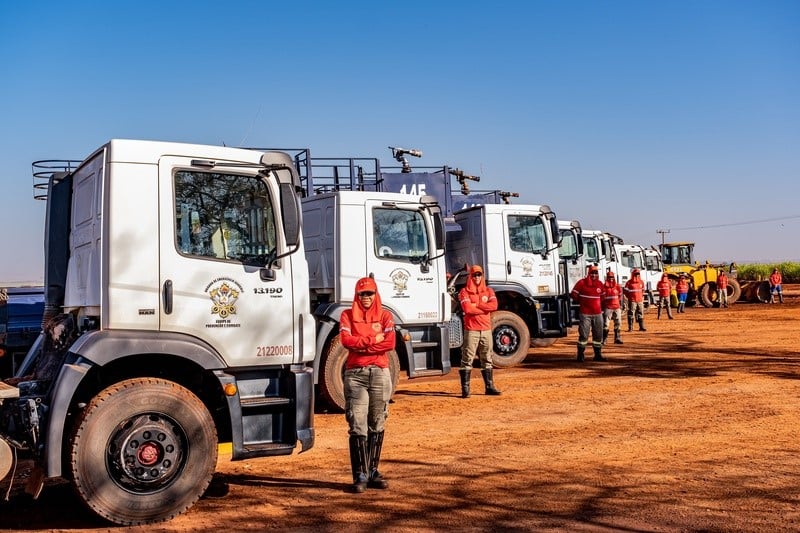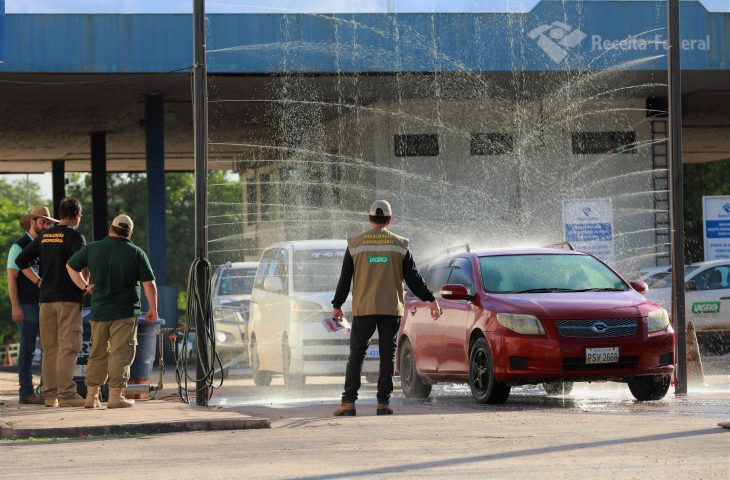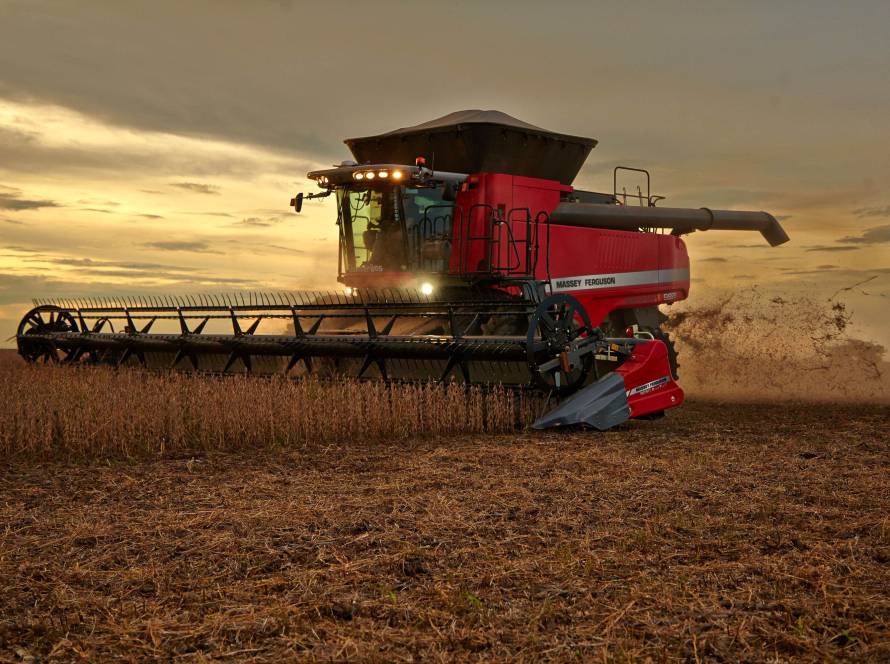The announcement of a new tariff hike by US President Donald Trump, with rates that now total 1,45% on Chinese products, is shaking up the international market and raising awareness of the opportunity for expansion of Brazilian agribusiness. In this scenario, Brazil is emerging as a strategic alternative to meet the growing demand for food, especially soybeans, in the US market. However, to transform this opportunity into concrete results, small and medium-sized rural producers depend on an Agricultural and Livestock Plan for 2025/2026 that offers real conditions for competitiveness.
With the Selic rate at 14.25%, agricultural credit has become more expensive and challenging, requiring the next Harvest Plan to bring attractive interest rates and effective support instruments. Without this, the country risks missing a strategic opportunity to expand its international presence just when the global market is in flux.
According to the president of the Mato Grosso Soybean and Corn Producers Association (Aprosoja MT) and vice president of Aprosoja Brasil, Lucas Costa Beber, the country can increase its supply of soybeans to China. Today, it represents 52% of exports and with the ongoing trade war, this share may grow even more.
“We have to be careful when we speak, because President Trump is forcing these high tariffs precisely to have a fair negotiation. So, at any moment there could be a negotiation and everything could go back to normal. Now, of course, if this continues, Brazil could be the largest supplier of soybeans to China, as it already is, has been and has the potential to increase production, converting livestock areas into crops. It just needs to be economically viable,” he points out.
In previous years, Brazil also expanded its market due to the tariff war. Now, the movement could repeat itself. In addition to China, Europe is also on the radar. “If there is in fact no agreement with Europe, there will be a great opportunity for Brazil, especially if the Anti-Deforestation Law is extended or even extinguished, because otherwise Europe will experience very high inflation there, if it does not buy food from Brazil,” he explains.
However, structural bottlenecks such as the lack of adequate storage, logistical challenges and the high cost of inputs, aggravated by the high dollar, could hinder progress. The president of Aprosoja Mato Grosso highlights that the recent speech by the Federal Government about taxing exports and reducing import tariffs is worrying.
“When we talk about eliminating import tariffs, we open up space for the entry of subsidized products from other countries, where producers have robust agricultural insurance and structured public policies. This forces us to pay even more attention to our Harvest Plan, which must guarantee minimum conditions for competitiveness for Brazilian producers.” We need our producers to have agricultural insurance that truly guarantees income in the event of a crop failure, and we need conditions and viability to produce. By taxing exports and lowering import tariffs, we will be helping the international market and discouraging production here. And, in the future, when there is less production, we will have to import from abroad at dollar prices as well, because that is what the international market dictates,” emphasizes Lucas Costa Beber.
While the international scenario is taking shape, the agricultural sector is still feeling the effects of the suspension of rural credit lines under the 2024/2025 Harvest Plan, announced as “the largest in history”, but interrupted for new financing in February. Now, attention is turning to the Federal Government, which is preparing to launch the new 2025/2026 Harvest Plan, scheduled for the end of June.
“With interest rates at this level, it is very difficult for rural producers — there is a clear disincentive to production. We are facing high costs, and many producers are already signaling that they should reduce the use of fertilizers this harvest. This can have a direct impact on productivity and even be reflected in food inflation, since inputs remain expensive. For this reason, we advocate fairer interest rates and the implementation of rural insurance that covers, at the very least, the economic risk of the activity. Currently, this insurance does not cover all the costs faced by producers, unlike what happens with European and North American farmers. This puts us at a commercial disadvantage,” he emphasizes.
In mid-March, the entity sent contributions to the Ministry of Agriculture and Livestock (Mapa) for the preparation of the Agricultural and Livestock Plan (PAP) 2025/2026 and among the priorities, it listed the need to expand resources for storage and fire-fighting equipment for rural producers.
“One of the requests from Aprosoja Brasil and Aprosoja Mato Grosso is that there be a credit line for firefighting equipment on the properties and that producers – those who have a firefighting plan on their properties and those who use direct planting to sequester carbon – have credit lines with differentiated interest rates to further encourage producers. And to send a message out there to show that our producers are committed to sustainability, and it is up to the Federal Government to praise this work that Brazilian producers have been doing,” concludes Lucas Costa Beber.
Given the scenario, Trump's tariff hike could represent a strategic opportunity for Brazil, both in the Chinese and European markets. Aprosoja Mato Grosso and Aprosoja Brasil continue to monitor the developments, so that producers have more security and opportunities in the 25/26 Harvest.




